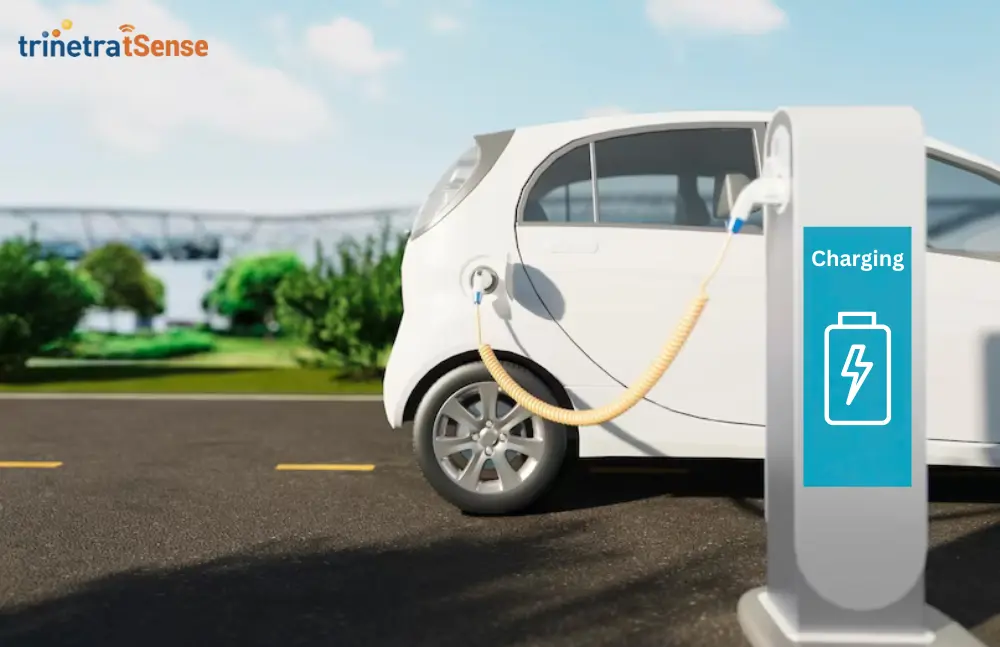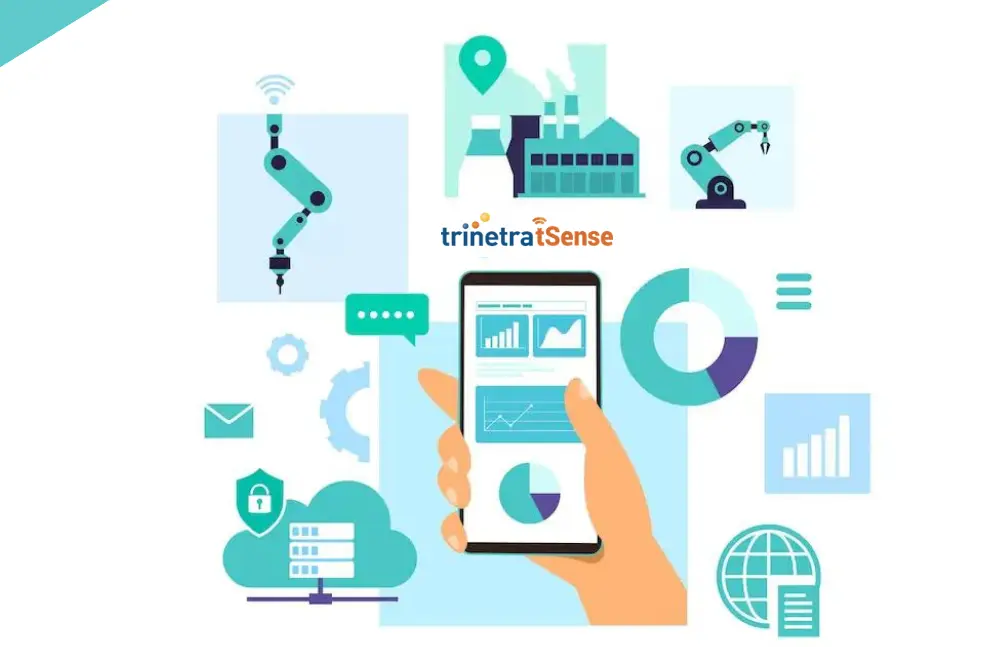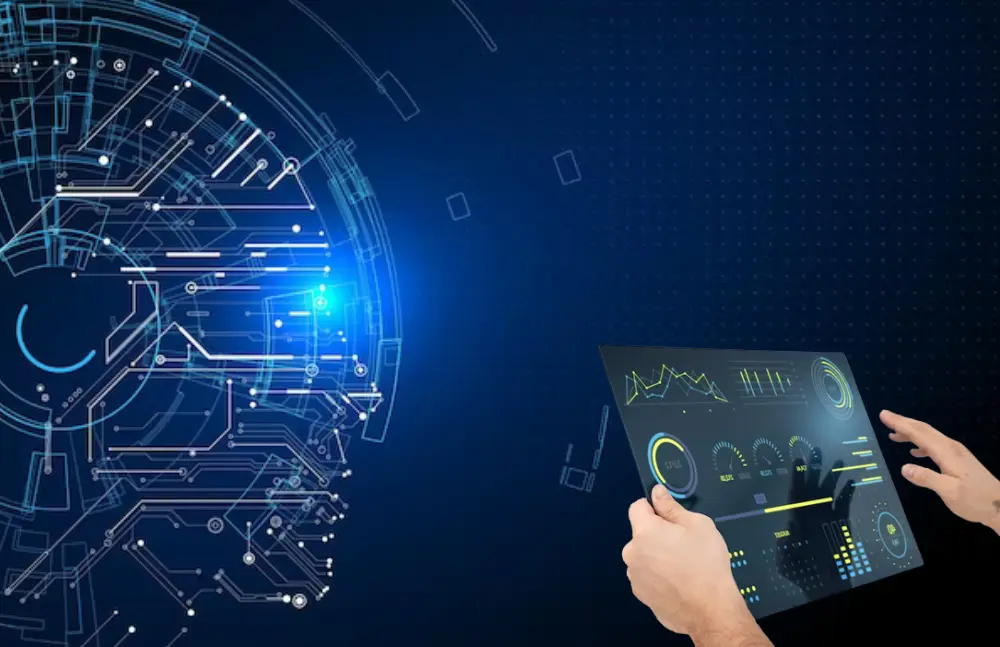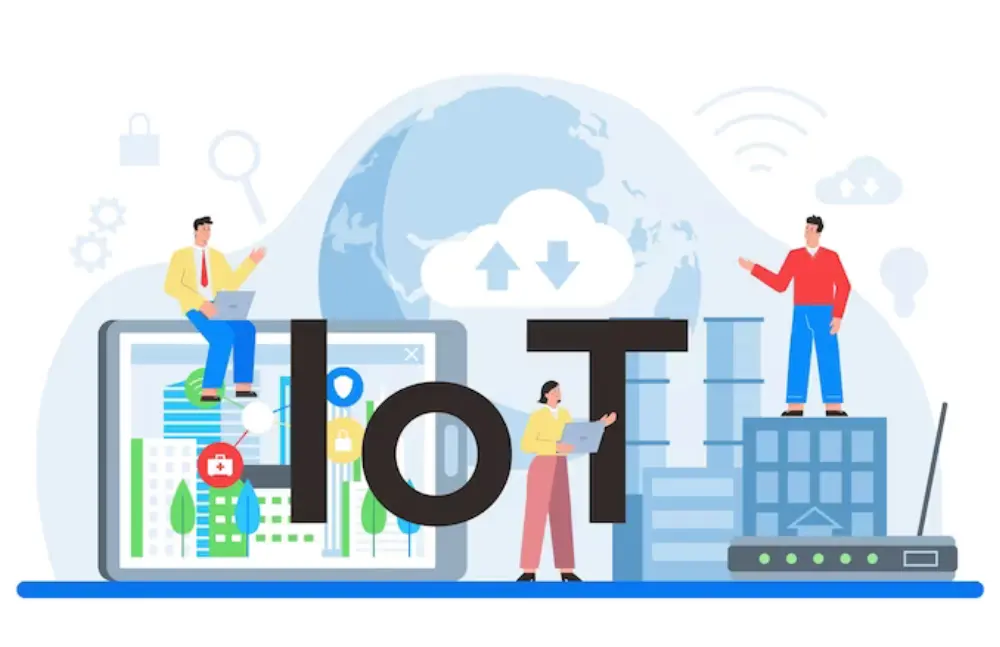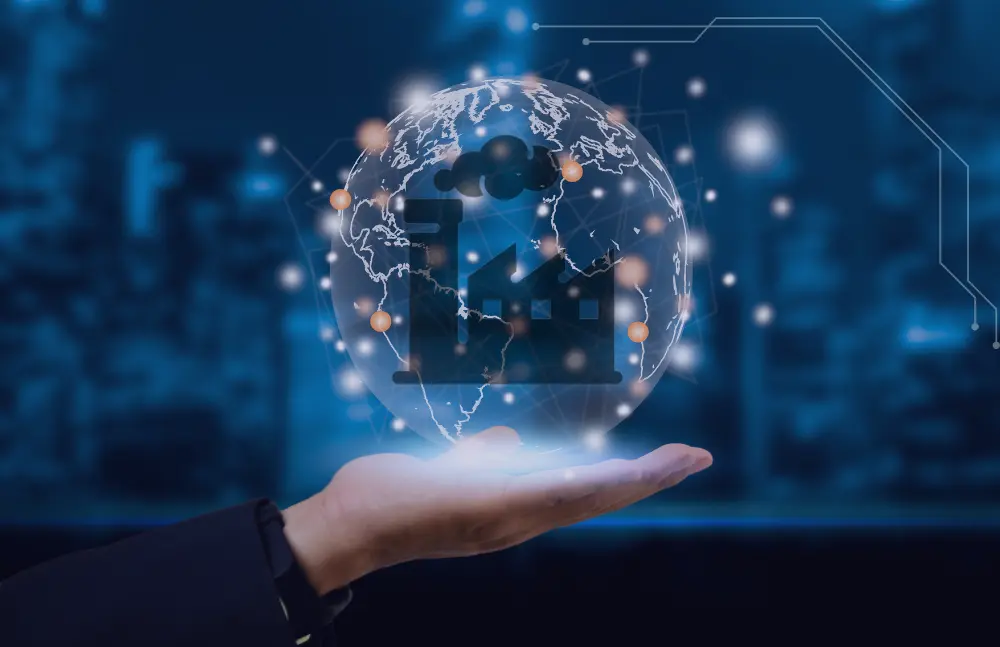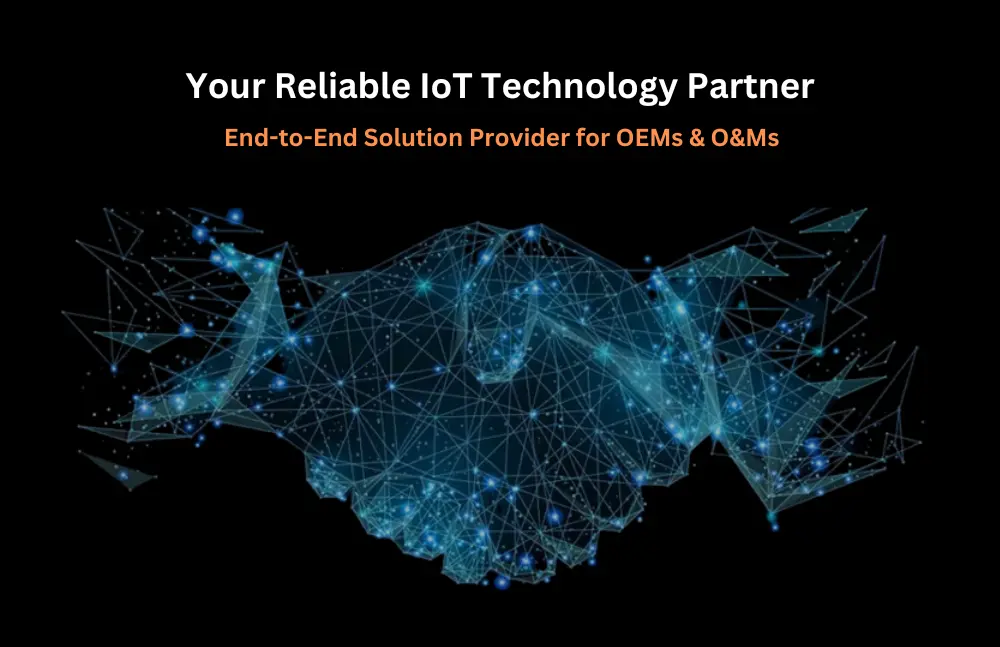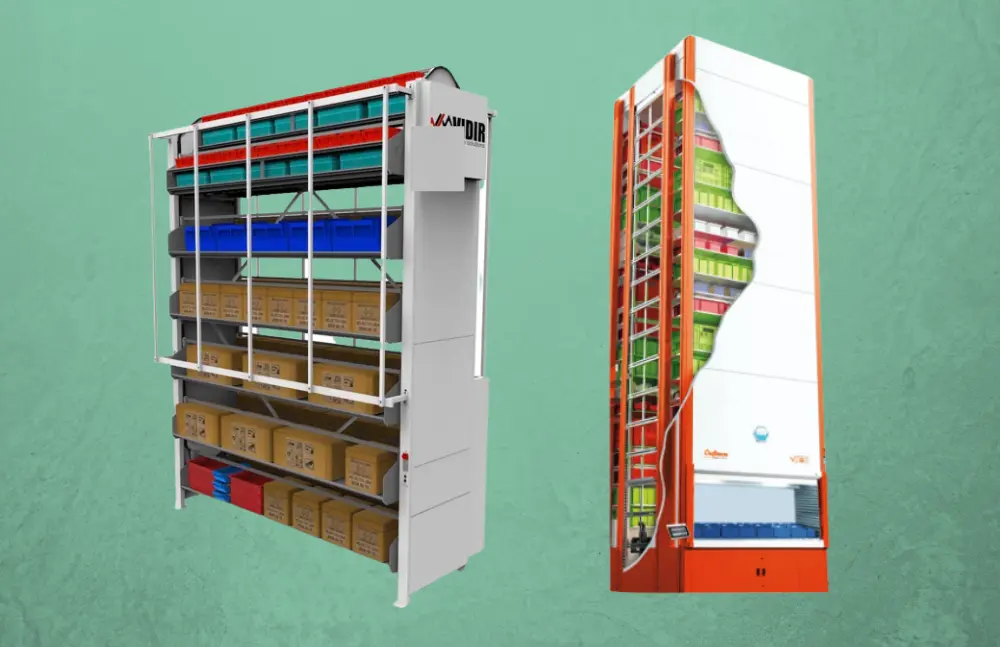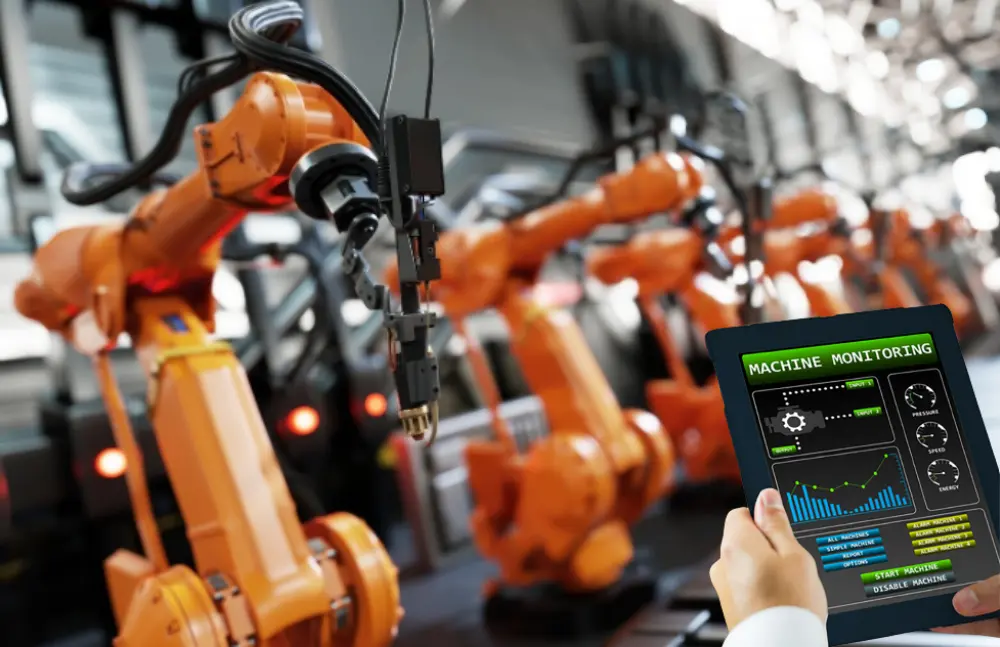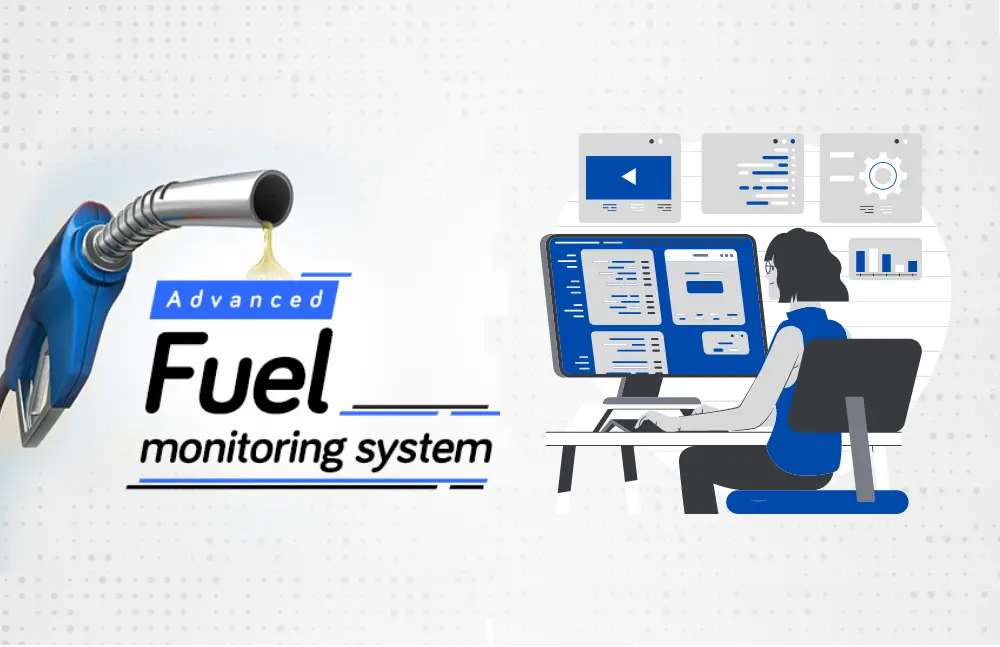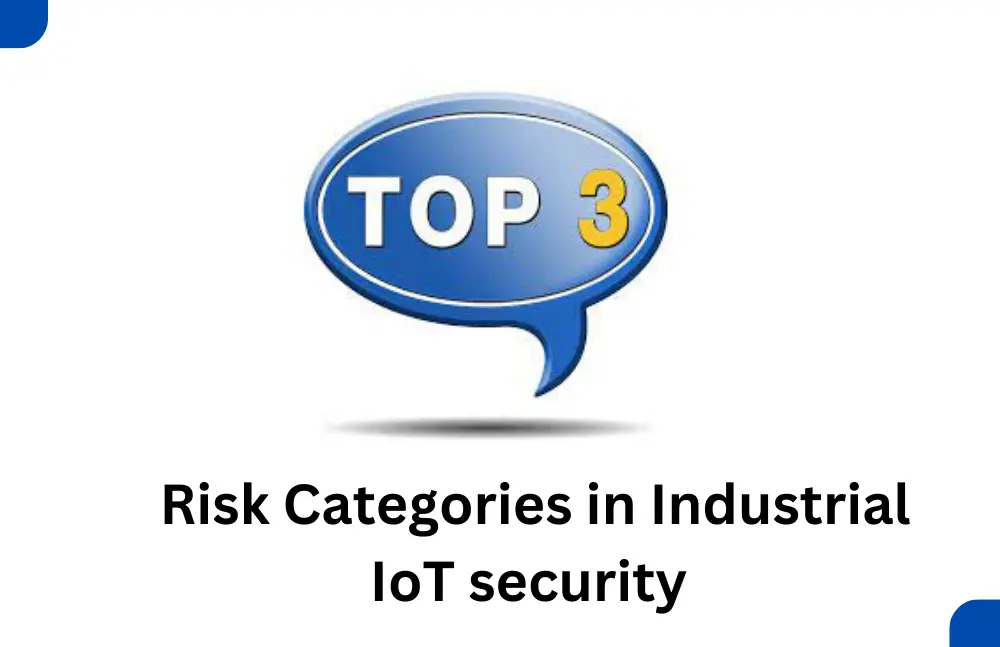Smart Electric Vehicle (EV) Charging controls have the ability to control and monitor EV chargers or stations and by extension, their energy consumption, over an infrastructure. There are both local and cloud-based control methods available for Electric Vehicles (EV) charging infrastructure. Both methods have their own advantages and disadvantages. The choice depends on various factors, such as the requirements of the charging system, the infrastructure planned and even the specific use case, which is discussed below.
Choosing Local Control
In this method, EV charging facilities operate autonomously and don’t rely on external services. The control system is embedded in the charging terminal itself. It functions independently, not requiring constant connectivity. Advantages include:
Reliability: The advantage is when there is no connectivity or internet available or the link is unreliable. Local control can work autonomously without being connected online.
Security & Privacy: As the data generated remains in the EV charging station, local control offers higher security and privacy when compared to cloud control. It addresses concerns of latency and data piracy better.
Choosing Cloud Control:
On the other hand, cloud control depends on cloud-based services and various connectivity to control and manage the EV charging station. Advantages include:
Flexibility & Scalability: In the case of multiple charging stations being connected, to be controlled and managed, cloud control via a centralized cloud-based platform can offer better flexibility and scalability too. A large number of EV charging stations can be monitored simultaneously and remotely.
Remote Management: IoT tech helps to remotely manage assets. EV charging stations connected to the cloud platform can be monitored and managed remotely in real time. By using the data and reports generated, cloud control can enable troubleshooting from a centralized hub.
Instant Updates and Software Maintenance: The management and maintenance of software deployed in these EV charging stations are made simply easier. A large network of charging stations and their energy management can be done efficiently, simultaneously and remotely.
The right choice of control depends greatly on the requirements of the specific charging system or infrastructure, of the company’s approach and the preferences of the users. There is a possibility to deploy a hybrid approach to leverage the advantages of both the local and cloud control systems. The other factors to be considered are reliability, flexibility, scalability, latency, privacy and costs.
Consider all things discussed above before making a choice and consider the kind of experts who can help build and customise the solution The provider also has to offer the necessary support for the IOT platform and things related to your service or business.
Trinetra T-sense offers secured and scalable IoT software solutions. Our custom-made IoT solutions delivered for various clients show our relevant expertise and experience in IIoT projects.

